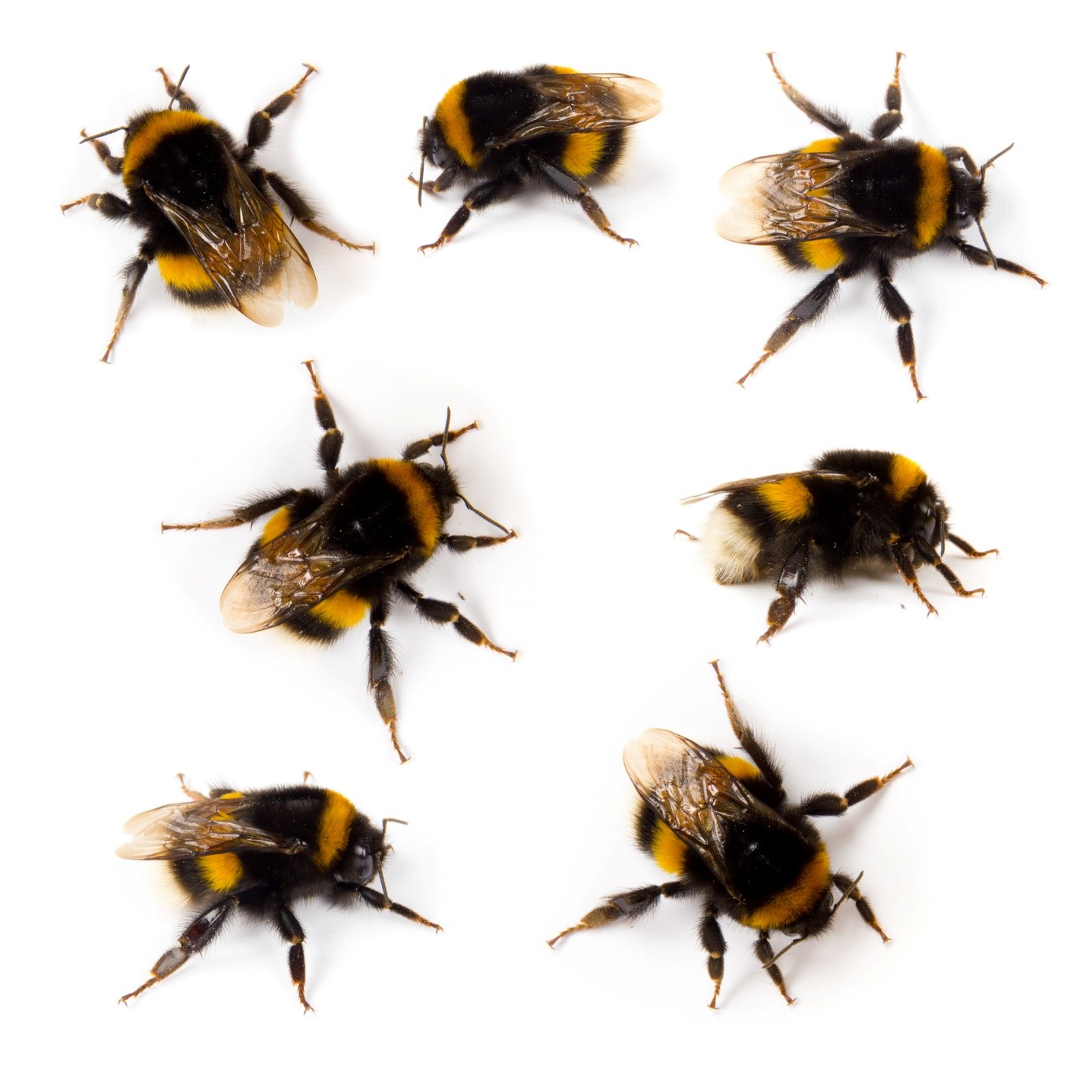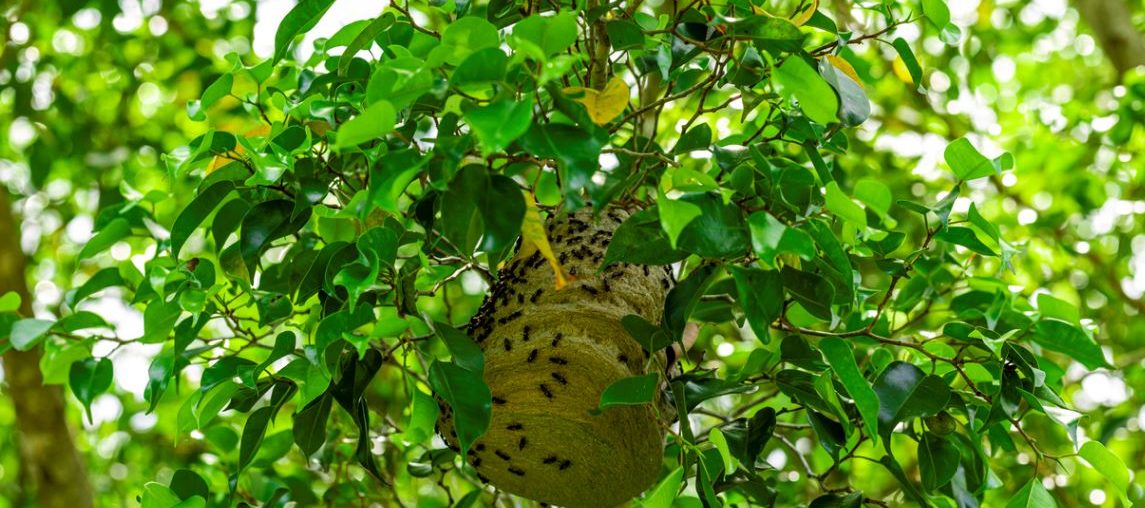Bumblebees are insects of the bee family and are large pollinators which are therefore very useful. If the bumblebee may seem impressive by its size and the noise it makes, it is not very aggressive and rarely stings. However, it is dangerous for people with allergies. If you feel like you have a bumblebee nest in the garden or in the front of your house, try moving or eradicating it if necessary.
The bumblebee: description of this large insect
This pollinating insect can easily nest in the cavity of the front of your house or in the garden or vegetable patch. With its large size, it is often the unloved of our gardens and yet it is important since it is a very active pollinator. It is true that when it makes its nest near a place of passage, it can become dangerous. Indeed, when females feel threatened, they tend to sting. They can even, but this is rare, sting several times. When you approach a drone, it will make a noise that warns you of danger.
The bites are not dangerous unless you are allergic. In March, the queen bumblebee looks for a cavity to install her new colony, it can be in an old burrow in the ground, in a hole in a tree, in the roof loft, in a crack in the front wall and even in a birdhouse.
You can then see the incessant movements of the workers usually when the sun goes down and in the morning, at dawn. The nest is in the form of clumped wax cups where honey and pollen are stored. It is usually of a relatively medium size and is deserted by the time fall arrives. The new queens once fertilized leave it to overwinter and the workers die.
We must avoid bites of course, but we must also try to preserve the colony which is essential to biodiversity, especially in the face of the global decline of pollinating insects. A nest can hold up to 300 insects.
How to spot and locate the bumblebee nest?
Each spring, the queen bumblebee searches for a protected place to establish her colony. We’ve already given you directions on where to look for it if you see heavy activity.
Observe the comings and goings of the workers bringing back the pollen, preferably at dawn or at dusk, when the activity is more dynamic.
Moving the bumblebee nest
Since the bumblebee is part of the biodiversity necessary for culture and life on earth, it is better to move the nest rather than destroy it. In this case, some precautions will have to be taken. Dress in a garment with thick fabric sleeves. It is also necessary to put on protective gloves which cover the forearm as well as a beekeeper’s hat.
To move the nest, you can proceed in two ways: either by day or by night.

Move the nest during the day
Here is how to proceed in this case:
- Prepare a polystyrene or cardboard box, large enough to contain the nest. Before drilling the cover with 1 or 2 holes of two centimeters in diameter.
- Carefully release the nest and take it in your hands to install it in the box, leaving it in the same position. You will undoubtedly be more stressed than the bumblebees, due to the vibrations that are felt in the nest.
- Place the box 30 or 40 centimeters from the site of the nest.
- Wait an hour or two for the bumblebees to get used to this new location and entry hole to reduce the stress that has taken hold of them.
- You will then move the nest gradually 10 cm by 10 cm for the workers to find the nest until you reach the location you have chosen. This could be in an insect hotel, in a burrow, or at ground level.
Move the night nest
If you make this trip at night; here are the steps to follow:
- Provide a waterproof box, larger than the size of the nest.
- Carefully clear the nest and take it in your hands before putting it in a waterproof box to prevent insects from escaping.
- You can place it in the area you have chosen. You have to cover it so that it is not exposed to wind or rain with a tile or a cardboard box that you have drilled with holes and that you turn over to let the insects pass.
Our advice : It is recommended to move the nest after the sun has set, as this is the time when the bumblebees are inactive.
It is also possible to keep bumblebees away without destroying them, by encouraging them to go elsewhere. To do this, place mothballs or burn sulfur platelets not far from the nest. They hate it and there is a good chance that they will go and make their nest elsewhere.
The destruction of the bumblebee nest
Destroying the nest is an act reserved for professionals preferably and especially depending on its location. This should be used as a last resort and only when you cannot move the nest. Several methods are then possible:
- Spray an insecticide in a bomb intended to send a very long jet and do so in the evening when the bumblebees are in the nest.
- Cover the nest to prevent the bumblebees from coming out, then they will die for lack of food.
- Make attractive balls for them with jam and poison them with boric acid, then place them around the nest.
Read also :








